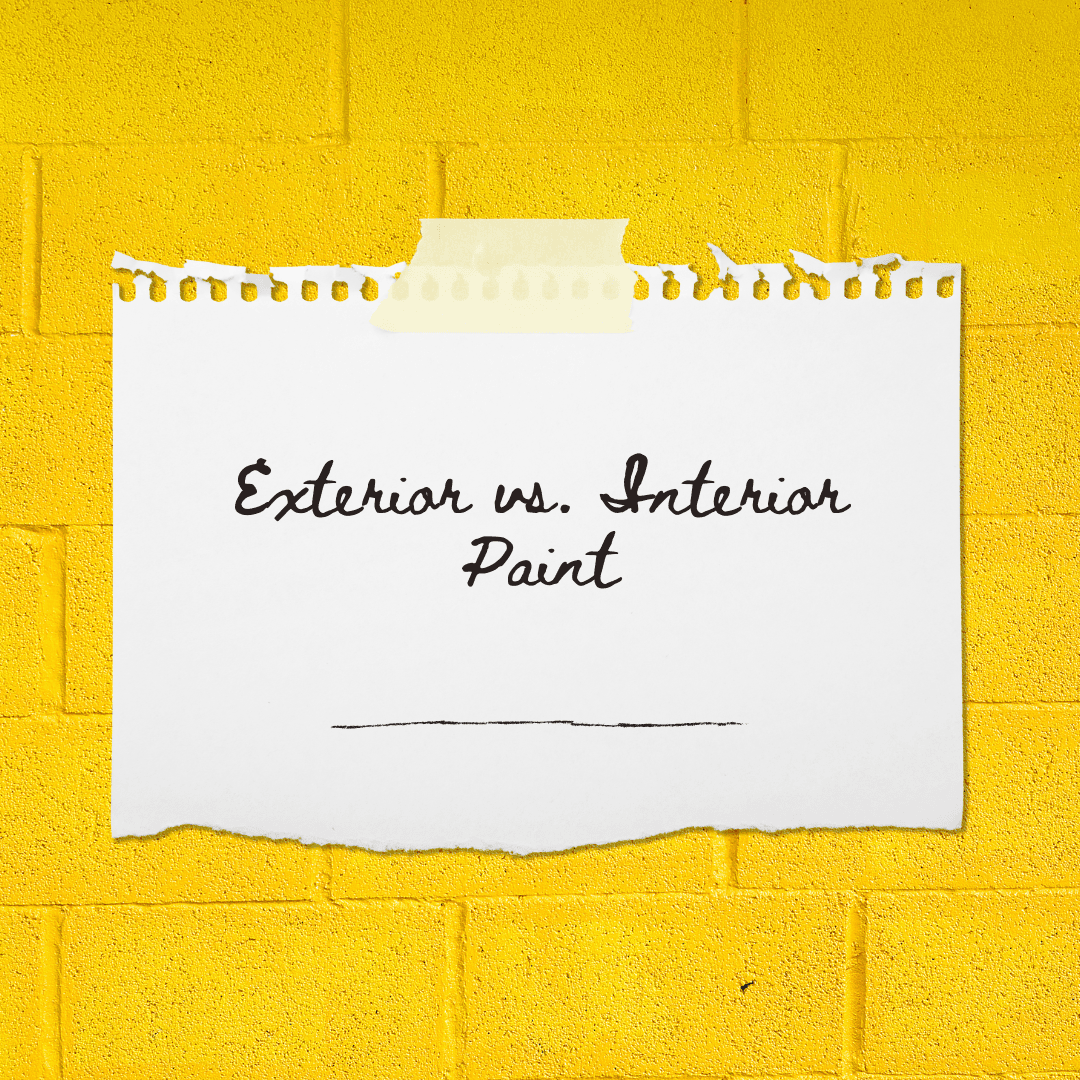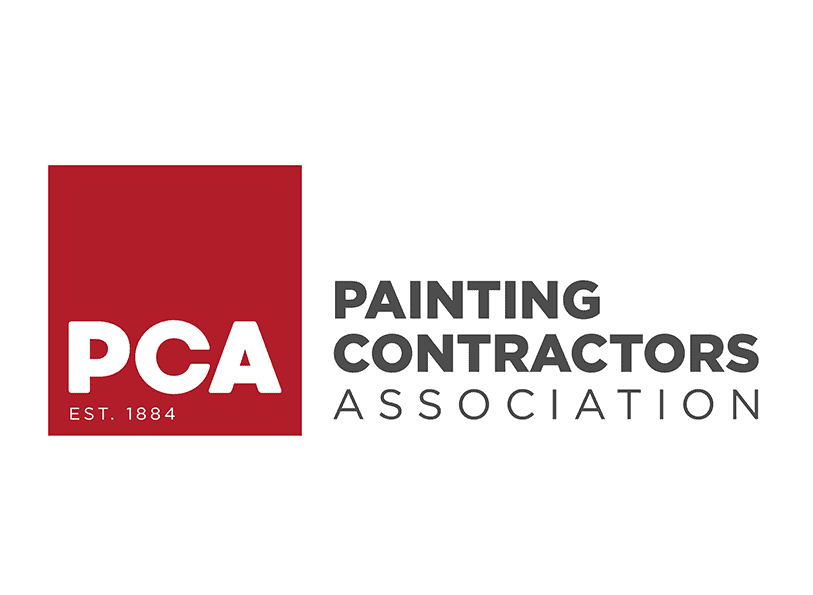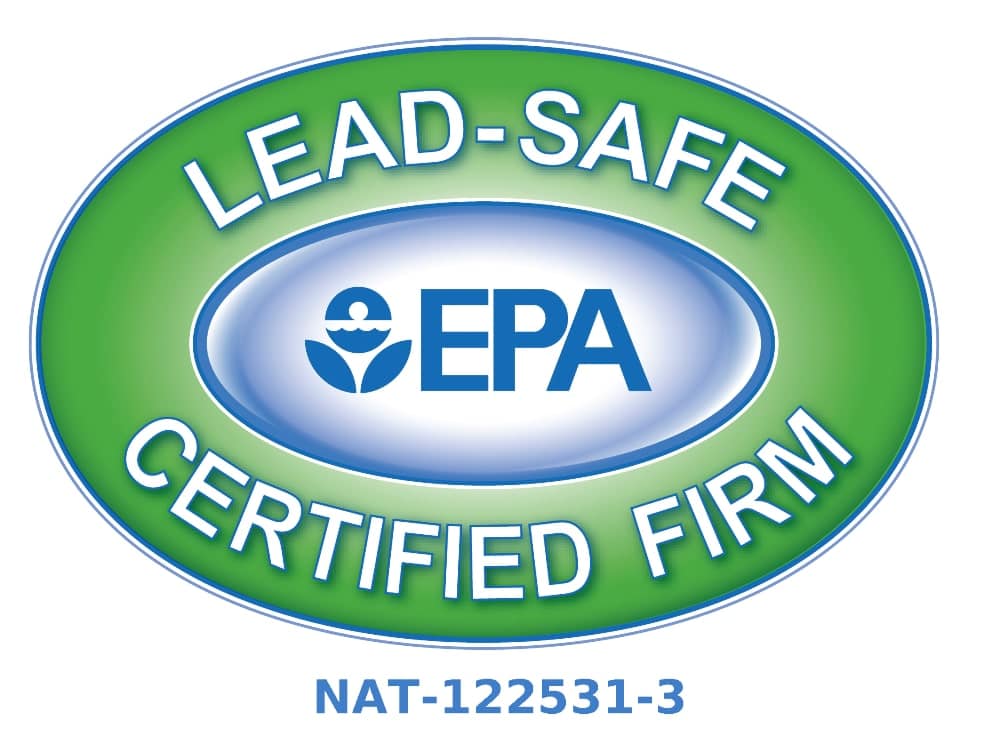
20 Nov Is it Safe to Use Exterior Paint Inside?
The simple answer is no. Using exterior paint indoors is unsafe because it can release dangerous airborne chemicals. The additives that make it resilient outside can harm your family’s health when used indoors. (If you have already used exterior paint inside, we recommend using primer on the walls and applying interior paint over the exterior paint.)
Exterior vs. Interior Paint
The main difference between exterior and interior paint is the resins that exterior paint contains. Exterior paint is made to withstand temperature fluctuations and resist mildew from moisture. Exterior paint resin is more durable and better able to resist chipping, peeling, and fading from sunlight than interior paint resins, designed to make interior walls scrubbable and stain-resistant. While the durability of exterior paints might make it tempting to use indoors, please do not use it inside.
Why Exterior Paint Used Indoors is Harmful
Exterior paint is not formulated for indoor use and should not be used on drywall. Exterior paint is made to withstand extreme weather conditions such as rain, snow, heat, wind, and freezing temperatures. It contains resins that help the paint expand and contract to protect it against changing weather conditions. It also has additives to help it resist fading and discoloration from UV rays and decay. These substances can be harmful to your health indoors.
- High VOCs—Exterior paints contain volatile organic compounds (VOCs), which can be released into the air as gases. Exterior acrylic paint, particularly, contains more VOCs than interior paint. The VOCs emitted in an enclosed space can cause breathing problems for people with asthma or allergies. Note that exterior paint can continue releasing harmful toxins even after it dries.
- More susceptible to deterioration – Exterior paint used indoors is more likely to deteriorate and blemish than interior paint.
FAQS
- Can you use exterior latex paint inside? Do not use exterior latex paint inside because of the VOCs we’ve just described.
- Can you use exterior paint inside a garage? No, due to the long drying times and unhealthy fumes during painting and drying times.
- Can you use exterior acrylic paint inside? Do not use any exterior paint inside.
- Can I use exterior paint inside my bathroom? Nope, for the same reasons we’ve outlined.
- Can I use exterior paint for any purpose inside? Still no. Never use exterior paint indoors for any reason.
Exterior paint should never be used for interior painting. If you have any painting needs, Home Works Painting is happy to talk about them with you and see if or how we can help you.
FAQ
1. Why is it not safe to use exterior paint inside my home?
Exterior paints are formulated with higher levels of volatile organic compounds (VOCs) and additional chemical additives to withstand outdoor conditions. When used indoors, these chemicals can off-gas into the air, leading to poor indoor air quality, irritation of the eyes, nose, and throat, headaches, and potential long-term respiratory issues. Some additives, such as mildewcides and UV-resistant agents, can also pose health risks in enclosed spaces.
2. What are the health risks of using exterior paint indoors?
Using exterior paint inside can expose occupants to elevated VOCs, which may cause symptoms like dizziness, headaches, nausea, and irritation of the eyes, nose, and throat. Prolonged exposure has been linked to central nervous system damage and, in some cases, increased cancer risk. Children, pets, and individuals with respiratory conditions are especially vulnerable.
3. Can I use exterior paint inside if I ventilate the area well?
While good ventilation can help reduce immediate exposure to fumes, it does not eliminate the health risks. VOCs and chemical additives can continue to off-gas for weeks or even years, especially in poorly ventilated or confined spaces. Ventilation may reduce, but does not fully remove, the potential dangers.
4. What should I do if I accidentally used exterior paint indoors?
If exterior paint has already been applied inside, ventilate the area thoroughly by opening windows and using fans. Limit time spent in the painted area, especially for children and pets. Once the paint is fully dry, seal the surface with a high-quality interior primer and repaint with interior paint to help contain any lingering chemicals.
5. Are there any circumstances where using exterior paint inside is acceptable?
Generally, it is not recommended to use exterior paint indoors due to the associated health risks and poor air quality. Interior paints are specifically designed for indoor use, offering low or zero VOC formulas that are safer for enclosed environments. If durability is a concern, look for high-quality interior paints rather than resorting to exterior products.












Sorry, the comment form is closed at this time.